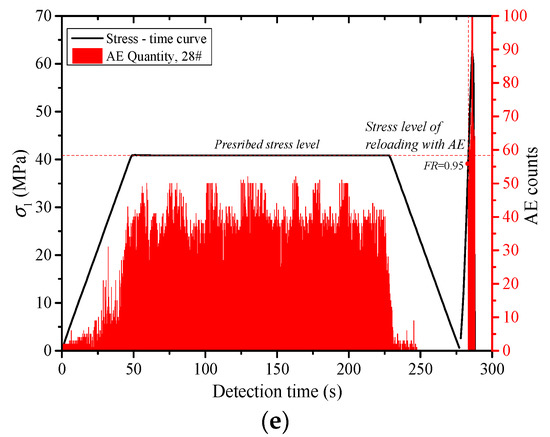

However, the AER will be even higher, as the coupons are paid out four times a year. The nominal rate of the bond is still 6%. Therefore, the AER of the bond will be calculated as:īond B, on the other hand, offers a quarterly coupon rate of 1.5%.

However, the AER of the bond will be higher given that interest is paid out two times a year. The nominal rate of the bond is 6% since it is two 3% coupons. Nominal Interest – Exampleįor example, let’s say Bond A offers a semi-annual coupon rate of 3%. The table below visualizes the potential differences in the annual equivalent rate and the nominal rate with different compounding frequencies: Annual Equivalent Rates of Different Compounding FrequenciesĪnnual Equivalent Rate vs. It means that the AER is always higher than the nominal rate when considering compounding. The nominal rate, or the stated rate, can be materially different than the AER due to the effects of compounding. The AER is crucial in finding the true return on investment (ROI) from interest-bearing assets.

Therefore, it can be used by both an individual looking for the best savings account or an investor comparing bond yields. The annual equivalent rate is used to compare the interest rates between loans or investments with different compounding periods, such as weekly, monthly, half-yearly, or yearly. The formula for the annual equivalent rate is given below: The AER will always be higher than the nominal, or the stated rate, when compounding is present.It is an important tool for evaluating bonds, loans, or accounts to understand the real return on investment (ROI) or interest rate.
 The Annual Equivalent Rate (AER) is the real rate of interest because it accounts for the effects of compounding. Section 4 considers several community arts education initiatives in which arts-based programs are currently being utilised as a catalyst for social transformation and discusses policy implications associated with realising the potential of the Arts in Australian education, especially with the impending national curriculum. Section 3 uses project exemplars to argue the Arts provide a critical, quality pedagogy, one which leads to relevant and flexible education, enabling students to meet the challenges of the 21st century. Section 2 reviews the growing research evidence about the impact of the Arts on learning, and the meaning and importance of ‘quality’ in arts education, and urges a more systematic and evaluative approach be undertaken in arts research. Section 1 discusses and defines ‘the Arts’ collectively, as a way of knowing and learning – embodying play, inquiry, experimentation, creation, provocation and aesthetics – and provides vignettes which illustrate these elements. It puts the case that embedding the Arts in learning would be a powerful catalyst for educational and social reform in Australia, since arts-rich experiences can benefit students academically and socially, revitalise school curricula and foster the development of much needed creativity and imaginative thinking. AER 58 surveys the international and national research on the role and effect of arts-rich programming in schools and in the broader community, and examines the policies and practices that inhibit or support these initiatives.
The Annual Equivalent Rate (AER) is the real rate of interest because it accounts for the effects of compounding. Section 4 considers several community arts education initiatives in which arts-based programs are currently being utilised as a catalyst for social transformation and discusses policy implications associated with realising the potential of the Arts in Australian education, especially with the impending national curriculum. Section 3 uses project exemplars to argue the Arts provide a critical, quality pedagogy, one which leads to relevant and flexible education, enabling students to meet the challenges of the 21st century. Section 2 reviews the growing research evidence about the impact of the Arts on learning, and the meaning and importance of ‘quality’ in arts education, and urges a more systematic and evaluative approach be undertaken in arts research. Section 1 discusses and defines ‘the Arts’ collectively, as a way of knowing and learning – embodying play, inquiry, experimentation, creation, provocation and aesthetics – and provides vignettes which illustrate these elements. It puts the case that embedding the Arts in learning would be a powerful catalyst for educational and social reform in Australia, since arts-rich experiences can benefit students academically and socially, revitalise school curricula and foster the development of much needed creativity and imaginative thinking. AER 58 surveys the international and national research on the role and effect of arts-rich programming in schools and in the broader community, and examines the policies and practices that inhibit or support these initiatives.








 0 kommentar(er)
0 kommentar(er)
